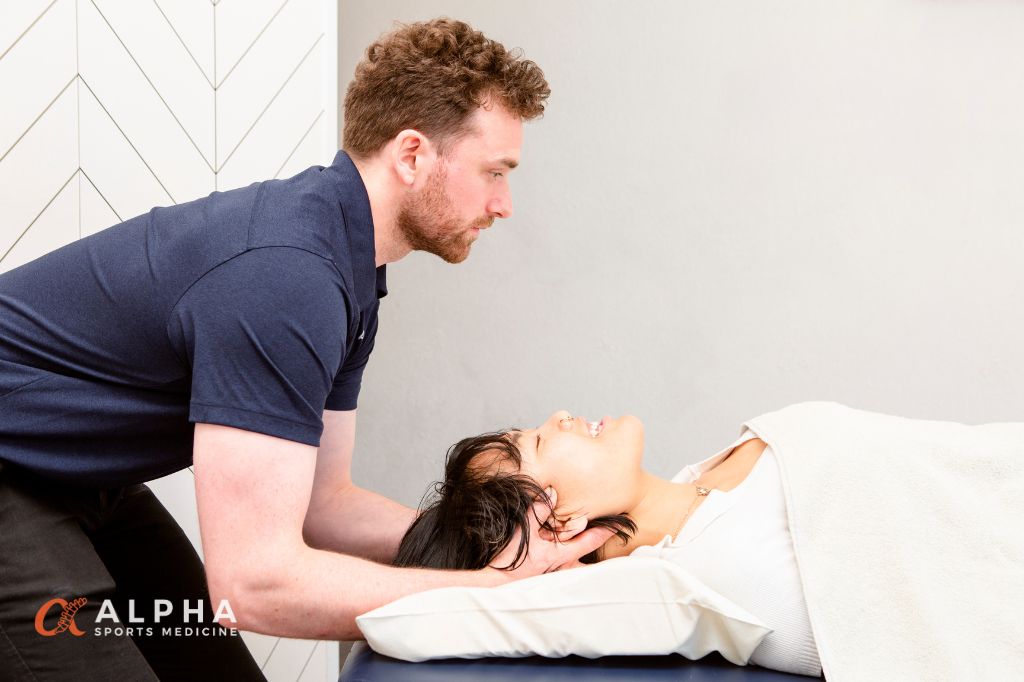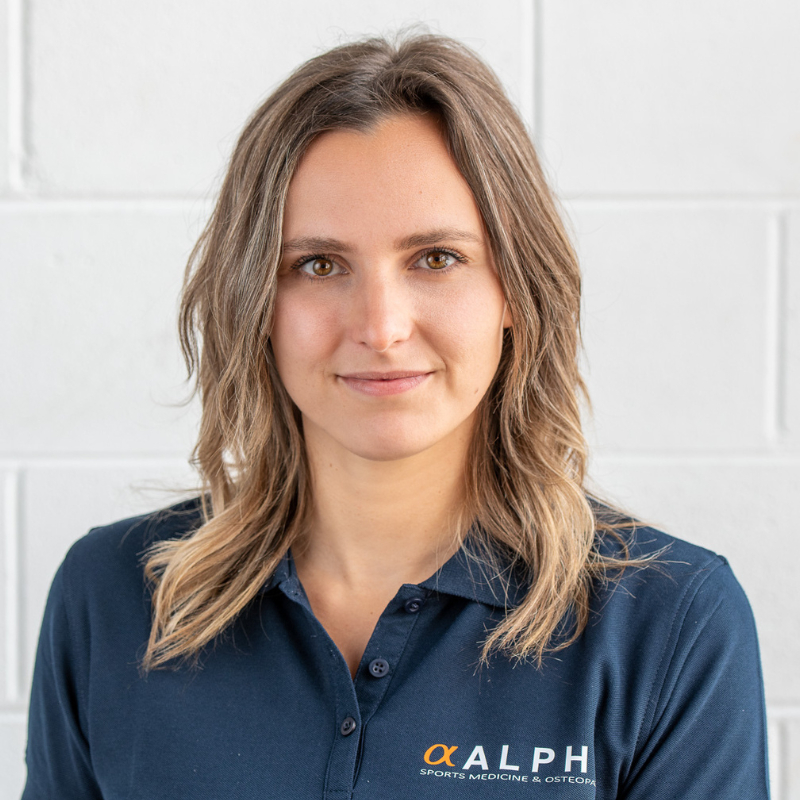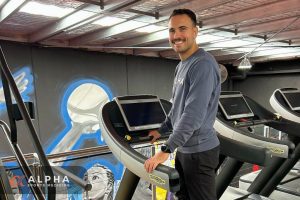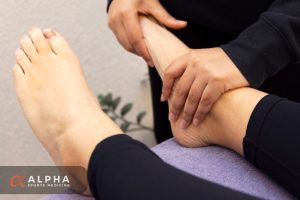Understanding the Connection: Osteopathy and Headaches
Headaches can arise from many contributing factors, including stress, posture, jaw tension, or musculoskeletal strain. Some people seek osteopathic care as part of their management strategy. Osteopathic practitioners employ a range of approaches tailored to support the musculoskeletal system, with techniques adapted to meet each individual’s specific needs.
1. Assessment and Individualised Care
Osteopathic care begins with a thorough assessment to explore musculoskeletal factors that may be linked with headache symptoms. Practitioners consider posture, mobility, and areas of tension that may contribute to discomfort. This helps inform a treatment plan tailored to the individual.
2. Gentle Manual Techniques
Osteopathic practitioners may employ gentle, non-invasive manual techniques to reduce muscle tension, enhance mobility, and promote circulation. Some patients report that this helps manage their headaches, although research findings are mixed and outcomes vary from person to person.
3. Considering Contributing Factors
Osteopathy considers how various parts of the body may interact with one another. For example, poor posture or prolonged desk work can contribute to muscle tightness and strain, which some patients associate with headaches. Treatment plans may include postural advice, exercise recommendations, and ergonomic guidance to help manage these contributing factors.
4. Jaw Tension and TMJ-Related Discomfort
Jaw tension and temporomandibular joint (TMJ) dysfunction can sometimes be associated with headache symptoms. Osteopathic practitioners may include gentle techniques to support jaw comfort and mobility. Some patients report improvement, although current evidence for osteopathy in this area is limited.
Our Approach at Alpha Sports Medicine
At Alpha Sports Medicine clinics in Newport, Ascot Vale, and Bacchus Marsh, our osteopaths provide personalised care tailored to individual needs. Treatment may include:
- Gentle, hands-on techniques.
- Postural and ergonomic advice.
- Exercise strategies to support self-management.
- Coordination with your GP or other health professionals if needed.
Our practitioners have undertaken further professional development in headache care, including training through the Watson Headache Institute.
What the Evidence Says
Research into osteopathy and headache management is ongoing. Some studies suggest that manual therapy approaches may be beneficial for certain types of headaches, particularly those associated with the cervical spine (Fernández-de-las-Peñas et al., 2015; Moraska et al., 2015). However, the overall quality of evidence remains limited, and results vary. It is important to note that osteopathy is not a cure for headaches, and outcomes cannot be guaranteed.
Key Takeaway
Headaches can have many causes, and no single approach works for everyone. Osteopathy may be considered as part of a comprehensive management plan, particularly for patients experiencing musculoskeletal tension or discomfort related to poor posture. If you are experiencing headaches, we encourage you to consult your GP or another appropriately qualified healthcare professional to discuss the most suitable care options for you.
Author
-

Dr. Ashton Wilson began her studies with a three year Bachelor of Biomedical Science, where she majored in Anatomy and Physiology. She then switched to a more hands on approach, where she completed a three year Bachelor of Clinical Science and a two year Masters of Osteopathy. Ashton has since completed further education and is a qualified Strength and Conditioning Coach as well as a Kinetic Link Trainer.
View all posts






